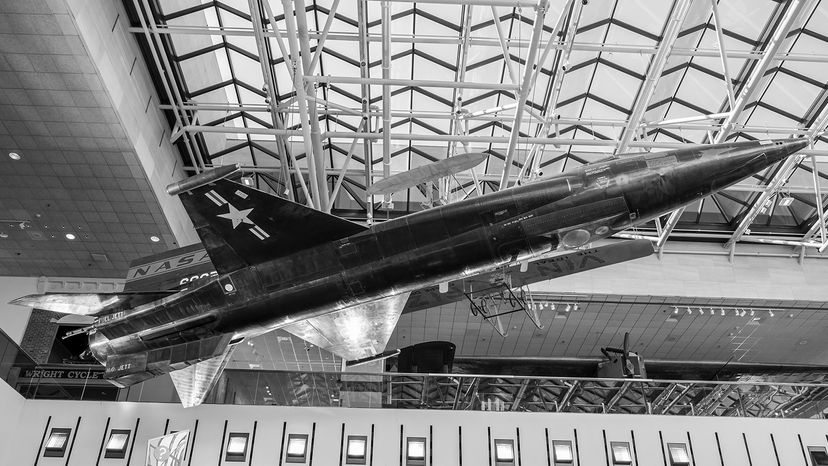
When it comes to the question of the fastest fighter jet, you can choose to compare only those fighter jets that are still in service, or you can consider every last jet fighter that's ever graced the skies — and we've chosen to go with the latter.
As far as aviation technology goes, fighter jets have long been at the forefront, pushing the boundaries of altitude and performance. Unlike commercial airliners, they emphasize speed and maneuverability, with many of them also having stealth capabilities, the ability to fire air-to-air missiles and other unique features.
Advertisement
Considering just how advanced these military aircraft have to be — a pilot's life usually depends on it — each one is a monumental achievement in engineering, paving the way for future fighter jets to be even faster, more powerful and better equipped. In celebration of this innovative spirit, here are seven of the fastest jets in all of aviation history.